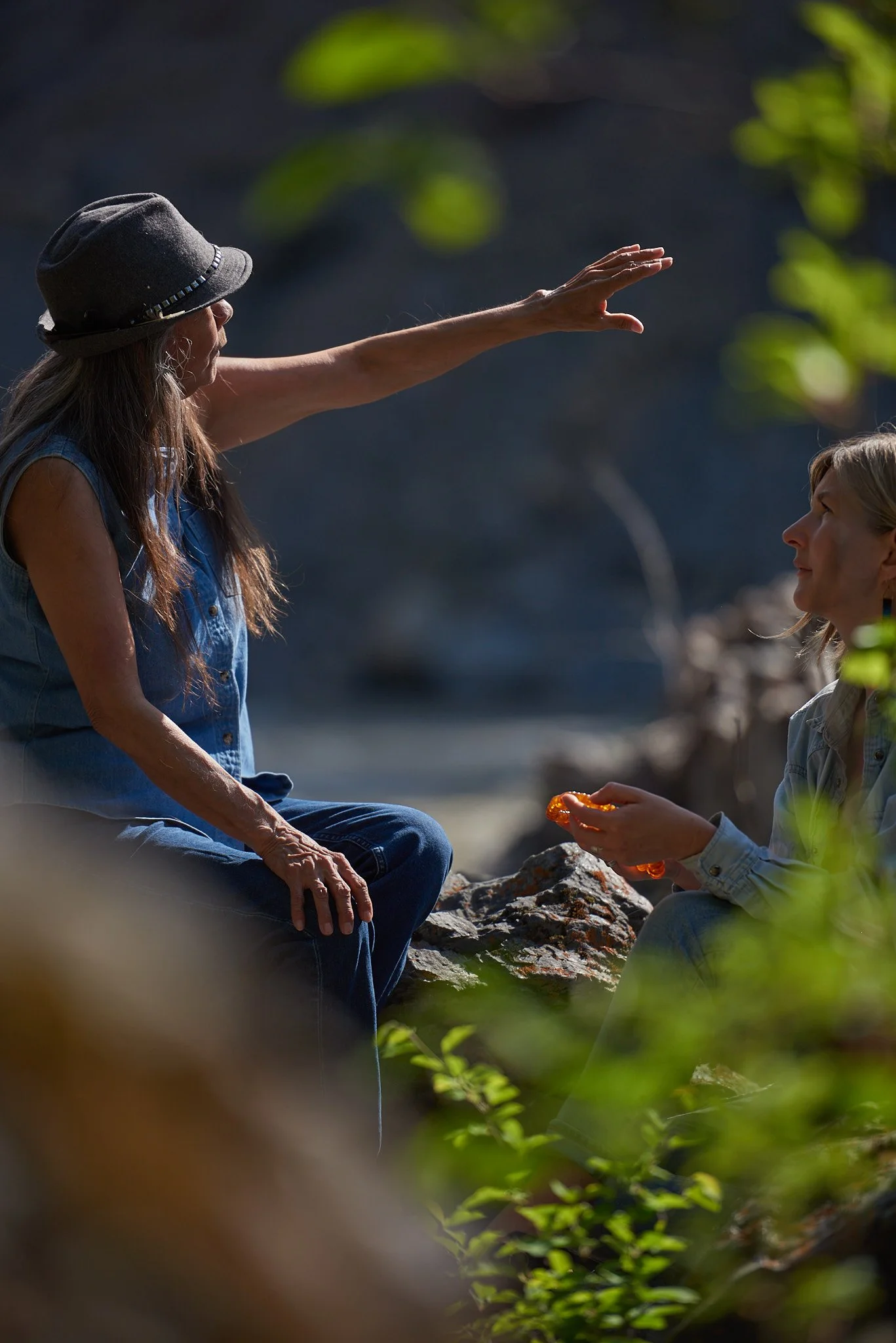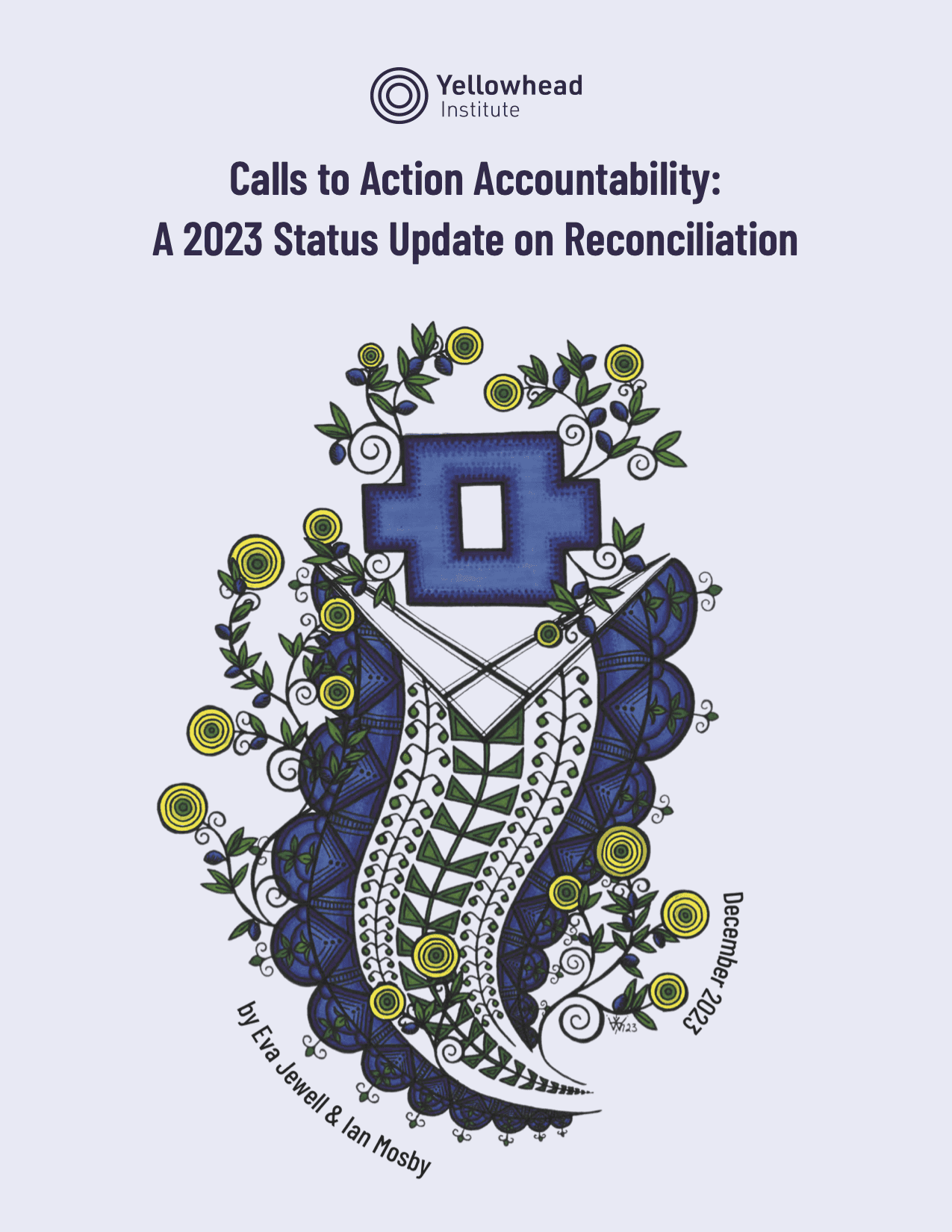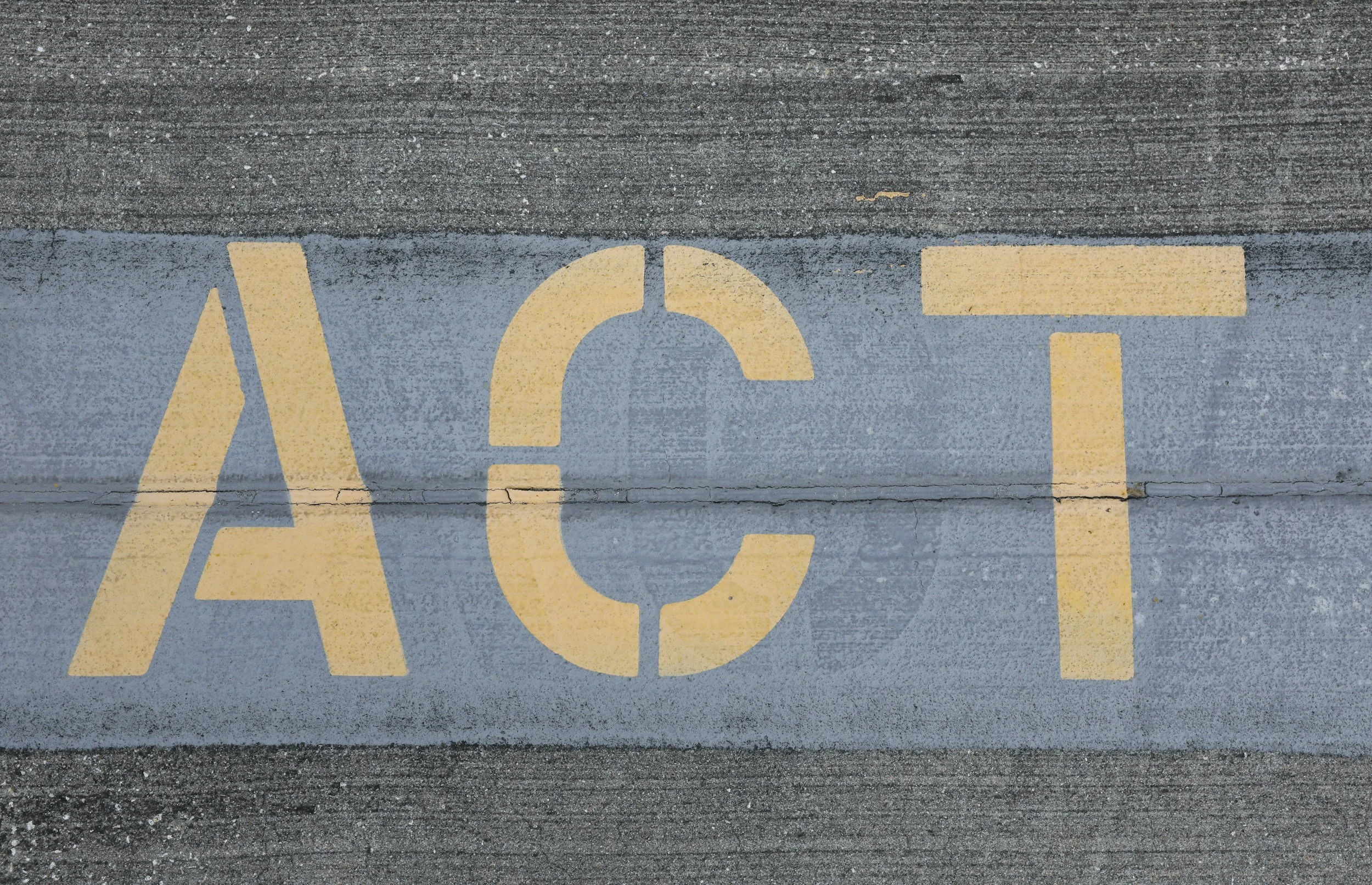I have the privilege and honour of organizing arts and culture events in Northern Secwepemcúl’ecw. Through this work, I have been exposed to incredible arts activists who are changing the landscape of our times. I also access wonderful learning resources through support organizations like Arts BC, IndigenEYEZ, Purppl, Bakau Consulting and more. Leveraging arts and culture as a tool for social transformation takes time but can lead to lasting impacts as we share arts experiences, and bravely choose a more loving way to build relationships. During the time of my mentorship project, incidents arose where local politicians’ negative actions catalyzed a grassroots community movement to work for positive changes. It was something I needed to be a part of.
When we decide it’s time to take anti-racist action, it can feel like we’re in uncharted waters with old maps. Everyday, we navigate systems and constructs brought to these territories from away – systems that couldn’t be MORE different than the intrinsic worldviews held by the Nations indigenous to Turtle Island.
Water and the River teach us about change and transformation if we are willing to listen.
The Setétkwe Fraser is the backdrop for many of the dialogues with Helen, here at Xats'ull, or in her living room as she shares her passion for the salmon, from fishing through to the smokehouse. If we practice deep listening, maybe we can hear the water's message during the times we need to navigate in new directions.
I sense the flow of the water as the river flows past. I feel the mist as water rises to meet the sky, fulfilling an infinite cycle of rising and then returning to earth, constant movement and always the possibility of transforming to a new state.
Water knows something about the spectrum between vapour and solidity. Water is responsive to its environment and has a different strategy for the influence of heat or cool. There are moments when the world needs us to be solid, grounded and cool-headed; other times, we need to flow around obstacles; or possibly we can rise above the fray, leaving more room at the centre for those who have been pushed to the margins. Here is the wisdom of water – the energy of our movement towards a wholistic and just society requires we become able to change our state.
Even now, after decades of Indigenous resistance to colonization, and disturbing Truths about Indian Residential Schools and the Indian Act are better known, public interest to alter the course of outcomes for Indigenous People, and our planet, remains very low. The Yellowhead Institute publishes an annual report to examine the rate at which change is happening in terms of the Truth and Reconciliation Commission’s 94 Calls To Action. Bluntly, the reports state that settlers and their governments have prioritized comfort and the status quo.
“In the short time we have been annually observing Canada’s record on its supposed progress, we’ve held the tension of the promise of reconciliation with the actual reality — and are exasperated by the deep chasm between the two and frustrated by the discrepancy between inaction and Canada’s fantastical myths of benevolence.” Eva Jewell & Ian Mosby
As the saying goes, when you know better, you do better. Bearing witness to Truth means taking up a responsibility to act - one of the foundations of this writing project is to determine the responsibilities we have is settlers wish to work towards right relationship and respectful ComeUNITY with Indigenous people.
It is through engaging as physical bodies in our circles of influence that makes impact. We all have a role to play in writing our Collective Next Chapter, or we remain complicit in upholding what isn’t working. We must alter our course, or as the water teaches, move with flow, and transform. All this to say, the mobilization of an anti-racist arts-based response by the Community Arts Council of Williams Lake rose up along with others who wanted to create a change toward a community of care.
When I began to seriously write about this work, I relied on the authors who speak to Indigenous processes – Leanne Batasamosake Simpson, Lee Maracle, Tuck & Yang, Tyson Yunkaporta, Chief Bob Joseph and many more; I watched films and videos by artists and storytellers who embody the story and convey it visually, like Alanis Obomsawin’s Oka: 270 Years of Resistance. There were online resources and courses to engage with.
Most important, however, was the decision to move across the lands and to the river with my mentors. Here, I returned to the Elemental teaching force of water, and learned about Salmon, cutting fish, families, and inter-generational trauma, about the nature of change and the change in nature. So many beginnings, and great humility understanding Indigenous lived experiences, encountering the challenging moments where I doubted that I knew HOW to do any of this, at all.
When the local political issues around this topic reared up in our region again and again, I felt a need to act, and for words to be written, as a statement of action, in support of and alongside the Indigenous and non-Indigenous folks in my region.
If not now - when?
The movements that rise from the “grassroots” are so much more impactful than we understand. Responsive to the places we inhabit, these movements reflect care in community.
At the end of 2021, in response to ongoing racism at the City Council level, a community movement called CC CARE (Cariboo Chilcotin Collaborative for Anti-Racism and Reconciliation Engagement) was co-created. It was empowering to link to other bodies who understood the need to act upon the stimulus we were witnessing, both negative and positive: negative impacts like Residential School denialism, and the unearthing of bodies at Indian Residential Schools across so-called Canada; and positive elements of Indigenous excellence in local and regional communities, as uplifting examples. We committed ourselves to consciously learn, to take steps to act and build relationships, and to find ways to impact the systems we had access to. We joined and became a movement, a flowing and responsive stream of intent into action. We wrote, researched, and stood in front of City Council, we met with Indigenous community and leadership, and we supported the election an Indigenous candidate to Council. This response also led to a specific arts-based event called ComeUNITY – Rebuilding the Village Along the Pathways to Reconciliation. More on this initiative in future installments.
Possibly you awakened to some action, too, as the tide of Truth swelled up. What are the embodied ways you’ve chosen to show up?
Learning resources:
Calls to Action Accountability: A 2023 Status Update on Reconciliation - Yellowhead Institute.
https://www.nfb.ca/film/kanehsatake_270_years_of_resistance
CC CARE on Facebook



